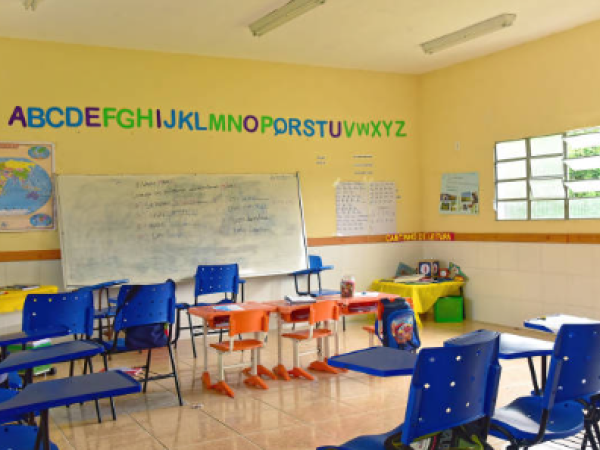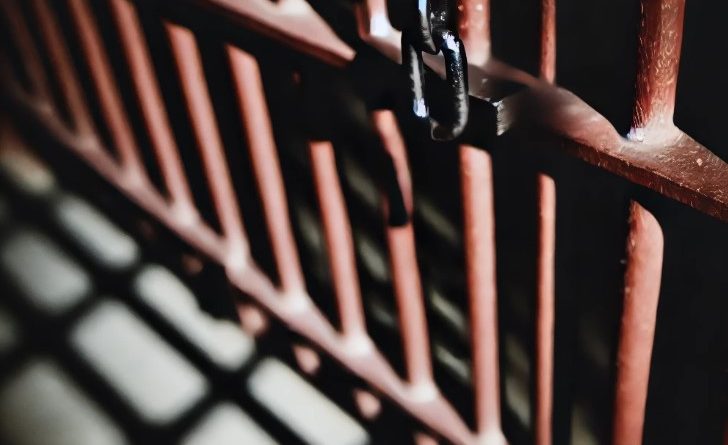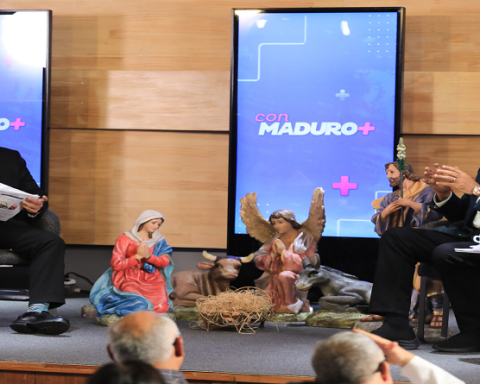The Laboratory of Economics for Education (LEE) of the Javeriana University revealed that During 2023 there were about 973,000 students within the ethno-educational modelthat is, indigenous peoples, Afro-Colombian communities, Raizal people and Roma or Gypsy people.
(Read: Silver economy: the path of great potential, but little explored)
Of that total, 52% of students are indigenousthat is, 504,307 and 47% Afro-Colombians. In addition, it was estimated that in the country at least one in ten students belongs to an ethnic group.
Although the percentage of students belonging to ethnic groups in the country is high, It should be noted that the ethno-educational model is based on the teaching of the 69 mother tongues or native languages. that exist in the country, of the traditions, ancestral knowledge, customs and practices of the communities in relation to their environment.
(Read more: Private higher education enrollment in the country has dropped: what is the reason?)
The figures reflect that Of the 55,000 educational centers in Colombia, only 6,568 have some ethno-educational model implemented in its training process. In fact, since 2007, a growth trend has been recorded, reaching 24.5% in 16 years.
Ethnoeducation
iStock
However, the laboratory indicates that despite the growth in the number of locations, The effective implementation of ethno-education faces several challengessuch as the provision or supply of all levels in educational institutions.
(See also: The ‘top’ of the best schools in Colombia, according to a study)
On the other hand, The Indigenous Education System (SEIP) has been implemented in 4,005 educational centers, that is, only 60% of the ethno-educational centers in 2023“Therefore, 100% of the offices that implement the model must be implemented, in order to complement it,” they say.
One of the data that has shown a downward trend corresponds to the number of municipalities with educational establishments with this model. For example, in 2007, at least 268 municipalities were registered, growing in 2011 to 327. The peak was seen in 2015 with 401, although since then there has been a decrease to close with 342 in 2019. In 2023, it decreased even further to 281.
(Read: ‘Insurance education can help reactivate the economy’: Acoas)
“This decline underscores the continuing difficulties in consolidating ethno-education in Colombia. Although initial growth was promising, the reduction in the number of municipalities suggests that ethno-education programs face significant obstacles that must be addressed to ensure their effectiveness and sustainable expansion.“the report notes.

Ethnoeducation
iStock
If we look at the scheme of ethnoeducation by gender, it appears that 50.51% of students are men, compared to 49.49% womenAccording to the LEE, this parity is explained by a “relatively” equitable access to this type of models, highlighting the “commitment to inclusion and equity.”
(See: Step by step to register for the new SENA virtual training call)
Regarding ethno-education teachers, 35.5% do not have an undergraduate degree and 83% do not have a postgraduate degree.In educational institutions that implement ethno-education, there is a clear shortage of qualified teachers. Only 17% of teachers in these institutions have a postgraduate degree, in contrast to 38% in non-ethno-educational institutions, which reveals a gap of 20%.“, the researchers say.
The report stresses that teacher turnover is one of the main problems in these communities. 40.7% of the teachers involved in these programs are hired under temporary contracts or educational baskets (including provision of services and other similar forms), which significantly impacts the continuity and quality of training processes.
(Read more: Rural education needs at least $4.9 billion a year until 2030 to overcome backwardness)

Ethnoeducation
iStock
Behavior by educational level
The distribution of ethno-educational students by grades reflects that Within the preschool level they represent 4.9%, showing an upward trend over the years. For example, in 2011 the numbers increased to 16,247 boys and 15,214 girls, reflecting a significant increase in both genders.
(See: The proposals to ‘save’ the country’s public education finances)
Meanwhile, in 2015, the upward trend continued with 17,629 boys and 16,433 girls. However, In 2019, a decrease was observed with 14,468 boys and 13,458 girls. The 2023 performance again showed a slight increase with 14,989 boys and 14,198 girls.
For the case of Primary education has also seen steady growth, with some variations between years. In this sense, since 2007 there were 95,070 boys and 86,742 girls enrolled, growing until 2015, but as of 2019, the number dropped to 87,723 boys and 80,055 girls.
“In 2023, the numbers rose slightly to 90,409 boys and 81,852 girls. Overall, there is a consistent majority of boys enrolled compared to girls, although the difference has remained within relatively narrow margins.“, they say.
(Read: Wear and tear of reforms would limit the fulfillment of the PND in education and health)

Ethnoeducation
iStock
Secondary school enrollment increased especially between 2007 and 2015. Although after these years, by 2019, the figure dropped to 40,076 boys and 39,414 girls, remaining relatively stable until 2023 with 40,328 boys and 38,105 girls.
(Read more: This is the pharmaceutical company that is among the best companies for interns)
At the secondary education level in the 2007 enrollment there were 7,341 boys and 7,020 girls, increasing by 2011 to 11,031 boys and 11,071 girls, “marking a balance between genresIn 2015, 11,883 boys and 11,840 girls were registered, maintaining an almost equal proportion.
In 2019, the numbers increased to 13,260 boys and 13,140 girls, recording a continuous increase. However, in 2023, a decrease was observed to 10,265 boys and 10,291 girls. That said, a teacher interviewed by LEE researchers, He considered that the good behavior of enrollments during 2015 to 2019 was explained by the influence of the peace agreement and the dynamics of reintegration.
(See also: Mining company makes the first promotion of high school graduates in Antioquia shine)
“Students enrolled in ethno-education programs, especially in secondary and middle education, face challenges related to security conditions in their territories, given the phenomena of overage and community dynamics. The teachers interviewed have observed how forced recruitment and pressure exerted by armed groups influence young people’s decision to continue their education.“, they conclude.

















